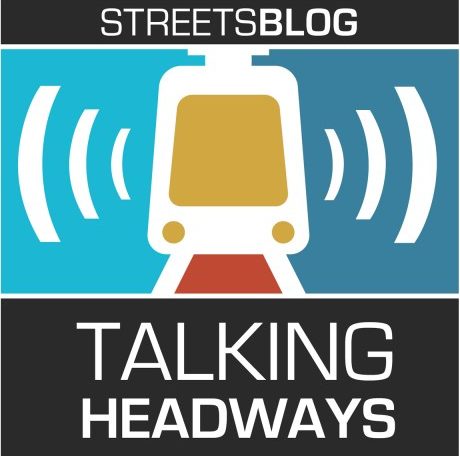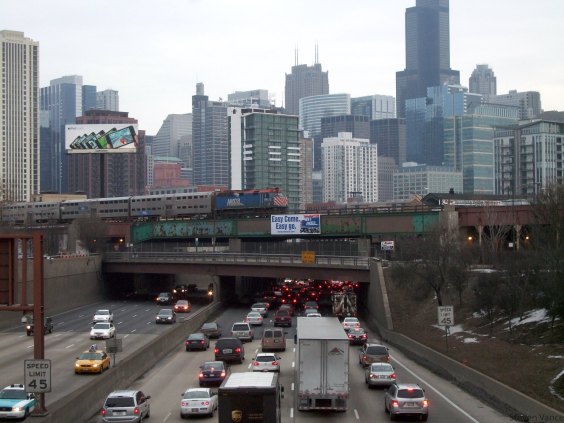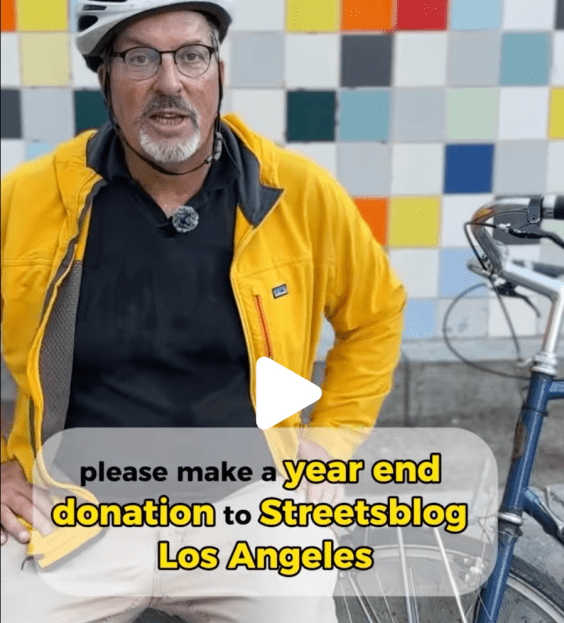This week, journalist Megan Kimble talks about housing and highway fights in Texas: TXDOT's political pressure, the organizations fighting back, and why throughput remains king in the Lone Star State.
For those of you who prefer to read rather than listen, check out the edited highlights below the player. If you want a full, unedited transcript, be our guest by clicking here.
?
Jeff Wood: Well, you’ve gone so far as to start writing a book about transportation, highways, etc. So, apparently, you’ve gotten this far down the rabbit hole to go that direction. But what was the spark that got you to think about writing the book, which is coming out hopefully soon?
Megan Kimble: Books take a long time so, I’ll come back on the podcast when it comes out because it’s going to be a couple years. So, I wrote a story for the Texas Observer in late 2019 about Austin’s effort to update its land-development code. So, Austin, at that point, it was eight years in to an effort to revise its zoning code. Most of the city is zoned for single-family housing. The city was trying to allow more middle [income] housing, more kinds of housing all throughout the city, more affordable development. It was this very contentious fight. It fell apart briefly the year before. It was a very high-emotion fight and I wrote a story about it; it was on the verge of passing in the spring of 2020.
I wrote that, when it was like one vote away from passing, it did not pass. I will let listeners know — spoiler alert! — a lawsuit stopped it. Anyhow, though, I wrote this story about the Austin zoning code and, two months later, the Texas Department of Transportation voted to allocate nearly $5 billion to expand I35 through Austin. No one at that time had really made the connection between the booming growth of Austin suburbs driven by housing affordability, that it’s absolutely, even in early 2020, unaffordable to live in central Austin. So most working-class people, middle-class people were moving north on I35 to suburbs like Round Rock and Pflugerville, or south to Kyle and Buda.
Those were precisely the endpoints of this highway expansion that TXDOT said was urgently necessary to fix congestion in the Austin metro area. I knew that those suburbs were booming because of housing reasons. So, then the reason TXDOT, I mean it’s a very rational response, [said] let us expand this highway to accommodate this growth of all these people that are coming into the city. Yet I felt like no one was talking about, why does this highway need to be expanded? It’s a housing story; it’s sprawl; it’s we have not allowed enough people to live in the city of Austin or given them options besides driving to get the places they need to go. So I started writing my I35 [story] and trying to make to really write about housing and transportation as the same story, and that’s what got me into TXDOT.
Once I started writing about TXDOT, the Texas Department Transportation, it’s this like never-ending well of insanity, frankly. There’s so many unquestioned assumptions that go into how we plan highways in the state of Texas, how we accommodate car travel above all other priorities and values. As a journalist, I felt like this very rich area that, again, not very many people were covering. A lot of people were writing about highway fights in Houston. There was this very contentious one. There are great reporters in Houston writing about that highway fight. There’s a one in Dallas, great reporters writing about that. I had been covering I35 in Austin but I felt like no one had really done a zoom-back look at TXDOT, the Texas Department of Transportation, as a state agency funded with our tax dollars.
So that’s what really got me into the larger story of highways in Texas and, indeed, the interstate-highway system.






